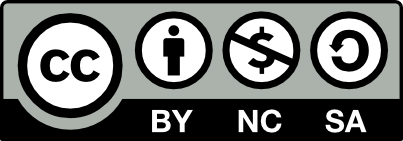Evaluation of the CCCIS portal
The validation of the static contents was carried out as an internal review of static texts and analytical reports. The comments were of rather formal character, aiming to unify the published information from the linguistic and visual points of view. The CCCIS portal was also assessed by experts, namely by two senior doctors dealing with childhood cancer patients on a daily basis, who were asked the following questions (with a hint to use the interactive browser to find the answers):
- How many Hodgkin lymphomas (in absolute numbers) were there among girls aged 15–19 years in the period 1994–2016?
- What was the difference between the annual incidence of leukaemias and malignant bone tumours in the period 2003–2005 in children (both sexes) aged 10–14 years?
- What was the difference between the annual mortality of CNS tumours (C70–C72) in the period 1994–1999 and 2011–2016, for both sexes?
- What is the difference between sexes in the five-year survival of patients diagnosed with neuroblastoma in the period 2011–2016?
No doubts or comments were raised in the feedback provided by either of the two doctors. All of the above-mentioned questions were answered correctly.
User testing consisted in passing through a simple scenario, which involved the use of all basic sections and elements of the portal.
- Visit https://ccc-is.uzis.cz in a web browser of your own choice.
- Go through the information section of the portal, which is divided into individual items in the horizontal menu plus the vertical menu on the homepage (News, Participating subjects, Data sources, Team of authors, Links). Using the school marking system (1 = excellent, 5 = fail), please mark: (a) the comprehensibility of available information, (b) the visual intelligibility, (c) the intuitiveness of navigation elements, (d) the logical division of the portal, and (e) the overall user experience.
- Find out how childhood cancers are classified in terms of the International Classification of Childhood Cancer.
- What is the difference between mortality and age-standardised mortality? Where on the portal can you find this information?
- Does the portal contain an overview of static analytical outputs? If so, what are these outputs?
- Look up the incidence of malignant bone tumours in boys aged 1–4 years. What was the incidence (in absolute numbers) of these tumours in boys aged 1–4 years in 2013?
- Download the overall report (in the form of a PDF) that provides a summary of childhood cancers.
Table 1: User testing: Questions and answers.
|
Question |
Answers |
|
1 |
Internet Explorer, Google Chrome |
|
2* |
(a) 1 (b) 2.75 (c) 1 (d) 1 (e) 1.75
|
|
3 |
|
|
4 |
|
|
5 |
|
|
6 |
|
|
7 |
|
*1 - excellent, 5 - fail




